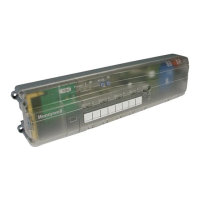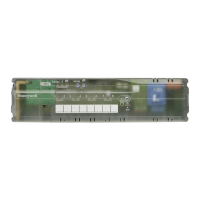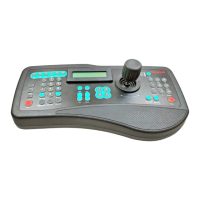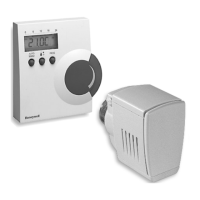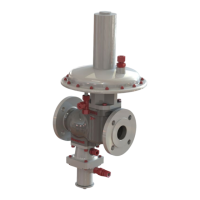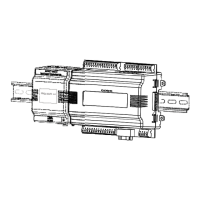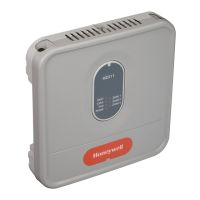Diagnostics and Troubleshooting - Overview
Revision 6 HC900 Process & Safety Controller User and Installation Manual 173
21 April 2017
Diagnostics and Troubleshooting
Overview
The HC900 system incorporates a comprehensive set of diagnostic tools that test hardware and software
operation. Diagnostic software elements are contained in each system component. The diagnostic
elements that are executed at any given time depend on operating conditions such as current operating
mode and the current status of hardware and software. As long as power is applied, each major component
of the controller will execute one or more diagnostic elements.
Diagnostics have two functions; they:
Automatically alter system operation to react appropriately to operating conditions (particularly in the
event of a system fault).
Provide external indications that enable operating and maintenance personnel to react appropriately
when external actions are required.
External Indications of Diagnostic Information
The following diagnostic indicators are provided.
Light Emitting Diodes (LEDs) included in controller hardware. Locations of LEDs are shown in the
following figures and tables. The LEDs are useful when personnel are performing troubleshooting
activities solely at the controller. Also, they are useful for verifying indications viewed as screen items.
Controller CPU indicators
Ethernet Switch indicators
Screen items on:
The Operator Interface connected to the galvanically isolated RS-485 port. See Operator Interface
manual 51-52-25-108.
A PC with Designer Software/Process Control Utilities connected to the controller module via the RS-
232 Converter or the Ethernet 10Base-T Open Connectivity port. See the Diagnostics section in the
application’s help.
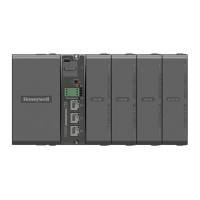
